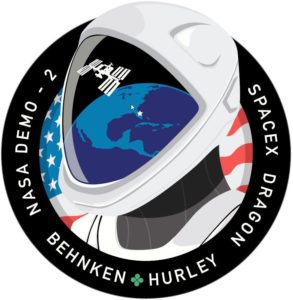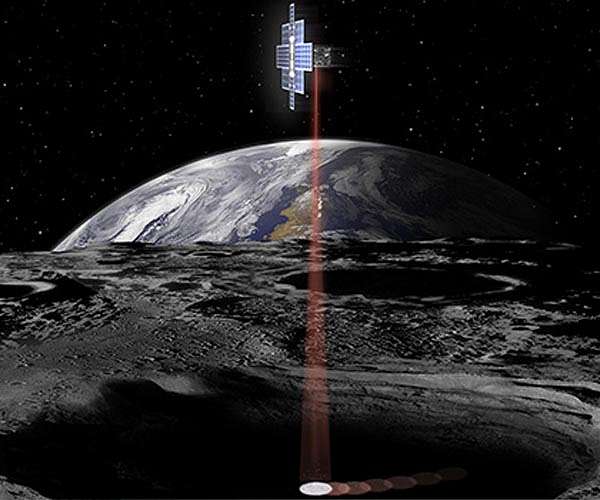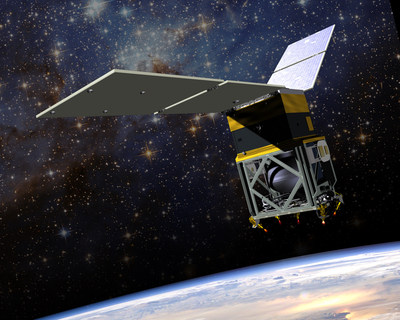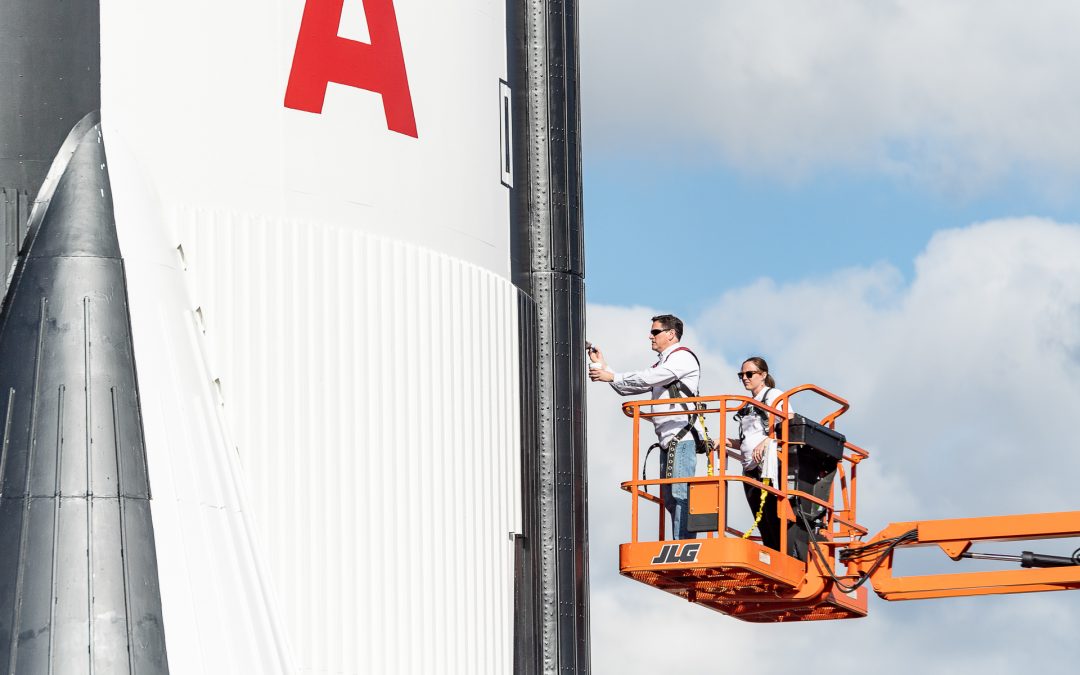Plasma Processes Receives Recognition from Northrop Grumman
Northrop Grumman Defense Systems, Allegany Ballistics Laboratory is pleased to identify Plasma Processes LLC as a top performing supplier in 2020. We would like to thank you and your employees for their outstanding support. Unfortunately we are all working through challenges as a result of the current pandemic and regret the inability to present this to you and your organization personally.
As a global leader in the design, manufacture and support of military and DoD critical hardware, operational excellence is a key tenet of our business model. We strive to ensure our products are mission ready with world class quality to serve the needs of our warfighters. Your role in our business makes an impact far beyond performance – it ensures our ability to offer safety and security to customers and nations across the globe.
As a token of our appreciation, please find enclosed an Outstanding Customer Service recognition plaque on behalf of Northrop Grumman for your support over the last three years.
Congratulations on this achievement! We look forward to continuing our relationship with you in the future.
Sincerely,
Christopher P Fritz
Sr. Director, NG Defense, ABL Operations Support





